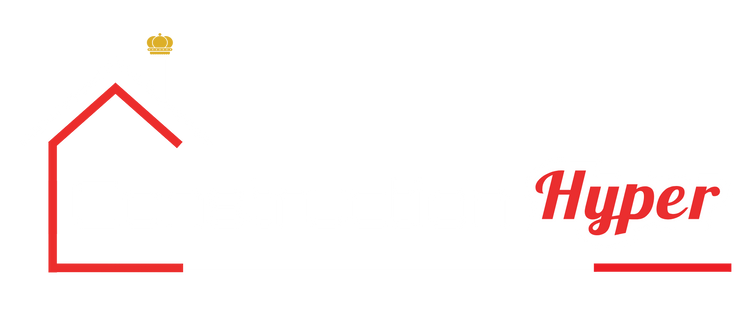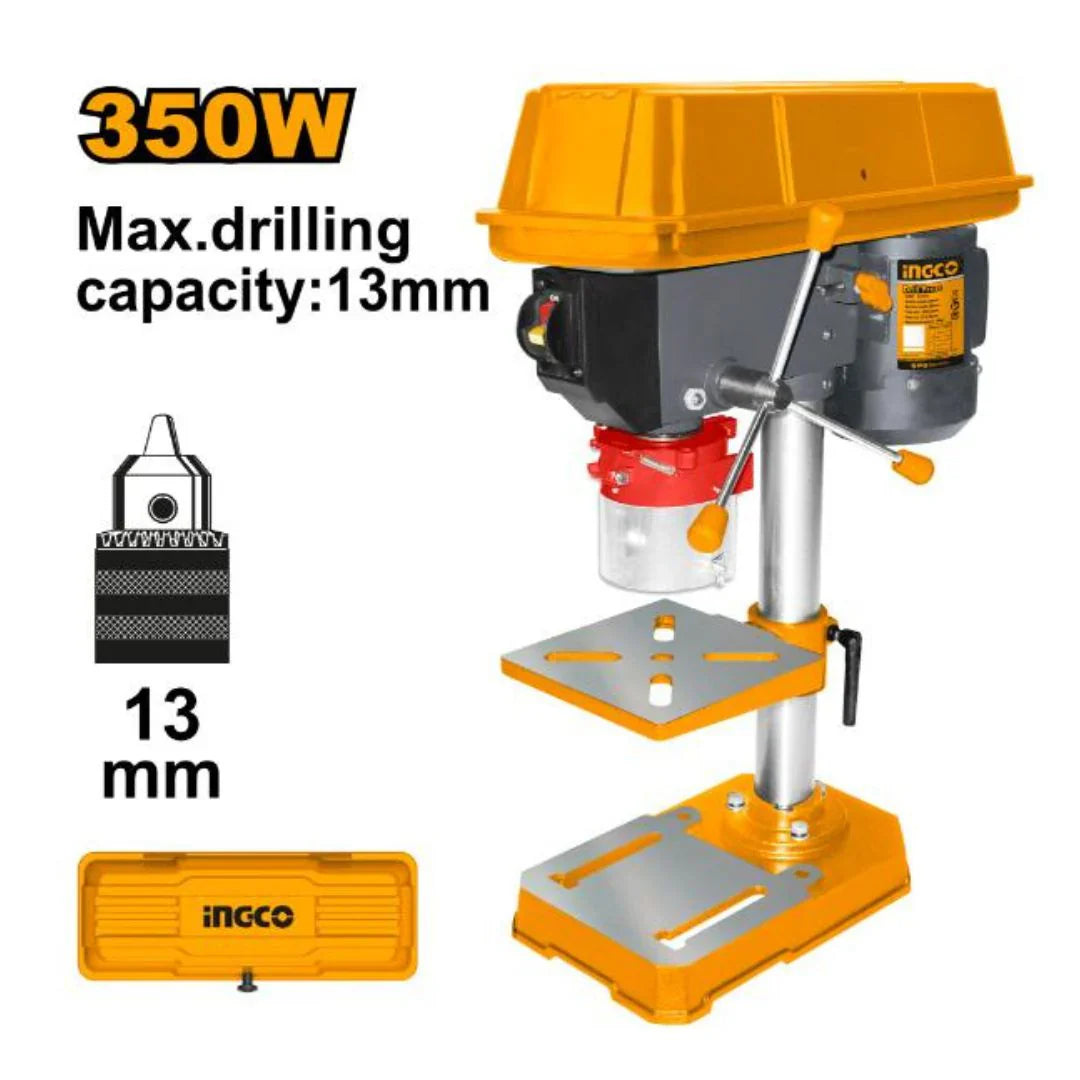Drill Press
Drill Press

A drill press is an essential tool for creating clean, precise holes with far greater accuracy and control than a handheld drill. Thanks to features like adjustable speed settings, stable construction, tilting tables, and depth stops, you can count on consistent results across a wide range of materials. Whether you choose a bench or floor model, this powerful tool offers unmatched reliability. With the right setup and regular maintenance, your drill press will become a cornerstone of your workshop—let’s explore how to maximize its performance.
Key Takeaways
-
Drill presses deliver precise, consistent holes with better control than handheld drills.
-
Choose between bench and floor models based on workspace size and power requirements.
-
Essential features include motor power, speed range, spindle travel, and table flexibility.
-
Always clamp the workpiece securely and wear proper safety gear.
-
Routine cleaning, lubrication, and part inspection will extend the life of your tool.
Essential Benefits of Using a Drill Press
Using a drill press offers significant advantages in accuracy, control, and consistency—benefits that handheld drills simply can’t match.
You can easily adjust both depth and angle, ensuring each hole is clean and uniformly placed. This precision is especially important for projects where components must fit together perfectly.
Because the drill press provides a stable, vibration-resistant platform, the risk of damaging materials is reduced. Plus, it minimizes user fatigue since the machine handles most of the physical effort.
Ultimately, a drill press allows you to work faster, smarter, and with greater confidence—ideal for both casual woodworkers and serious DIYers alike.
Key Features to Consider When Buying
When choosing a drill press, these features will help you select the right model for your needs:
-
Motor Power: More horsepower allows for drilling into tougher materials like metal or hardwoods.
-
Speed Settings: Variable speeds improve control and allow you to match the drilling speed to the material.
-
Spindle Travel: This determines how deep you can drill—important for thicker workpieces.
-
Table Size & Adjustability: A larger, tilting table improves versatility for angled or larger workpieces.
-
Build Quality: Cast iron bases reduce vibration and improve stability.
-
User-Friendly Features: Look for quick-release clamps, LED lighting, and easy-to-read depth gauges.
Also, consider whether a benchtop or floor-standing model better suits your workspace and workload.
Types of Drill Presses Explained
There are two main types of drill presses, each offering specific advantages:
Bench Drill Press
This compact version mounts to a workbench and is ideal for smaller shops or light-duty tasks. It’s perfect for hobbyists, woodworkers, and anyone working with thinner or softer materials.
Floor Drill Press
Standing independently on the shop floor, this model provides more power, higher capacity, and greater precision for larger or industrial projects. It’s best for drilling deep holes or working with heavy materials.
Choose your type based on available space, frequency of use, and the demands of your typical projects.
Step-by-Step Guide to Setting Up Your Drill Press
Proper setup is critical for safety and performance. Here’s how to get started:
-
Place the drill press on a level, stable surface. Bolt it down if necessary.
-
Install the appropriate drill bit, and tighten the chuck securely.
-
Adjust the table height and tilt to fit your project’s requirements.
-
Use clamps or a vise to secure your workpiece firmly.
-
Align the bit with the workpiece and double-check positioning.
-
Set the appropriate speed based on the material (e.g., slower for metal, faster for wood).
-
Lock all adjustments before turning on the machine.
You’re now ready to start precise, repeatable drilling.
Safety Tips for Efficient Operation
Safety is paramount, especially when working with power tools. Keep these tips in mind:
-
Always wear PPE, including safety glasses and hearing protection.
-
Secure loose clothing, remove jewelry, and tie back long hair.
-
Use clamps—never hold the workpiece with your hands.
-
Keep a brush nearby to clear chips—never use your fingers.
-
Maintain a firm stance and proper posture for balance and control.
-
Don’t leave the drill press running unattended.
Following these practices will help prevent accidents and protect your materials and machine.
Maintenance Practices for Longevity
To get the most from your drill press, follow a consistent maintenance routine:
-
Clean the machine after every use, removing dust, chips, and debris.
-
Lubricate the spindle, bearings, and other moving parts as per your manual.
-
Inspect belts, pulleys, and the chuck for wear or damage regularly.
-
Tighten bolts and replace worn components promptly.
This preventive care ensures optimal performance, safety, and tool lifespan.
Frequently Asked Questions
Can a Drill Press Be Used for Metalworking Projects?
Yes. With the right bit and speed settings, drill presses are highly effective for drilling into metal, offering superior stability and control.
What Is the Maximum Drill Bit Size a Typical Drill Press Supports?
Most models support up to 1/2 inch, with some higher-end units accommodating bits up to 5/8 inch, depending on chuck size and motor strength.
Are There Cordless Drill Press Options Available?
Yes, though they’re less common. Cordless drill presses offer flexibility for remote work, but battery life and torque may be limiting factors for heavy-duty tasks.
How Is a Drill Press Different from a Milling Machine?
A drill press is designed for straight, vertical holes. A milling machine can perform more complex operations—shaping, slotting, or even cutting gears—by moving in multiple axes.
Can I Use a Drill Press for Sanding or Polishing?
Some accessories allow for light sanding or polishing, but these tasks are better suited to machines built for them. A drill press lacks the speed control and safety features needed for extensive finishing work.
Final Remarks
When it comes to precision and productivity, few tools match the performance of a drill press. By understanding the key features, selecting the right type, and committing to proper setup and maintenance, you’ll maximize your investment and project success.
With the right knowledge and preparation, you’ll not only work faster—but better. Your drill press is more than a tool—it’s a workshop essential.




